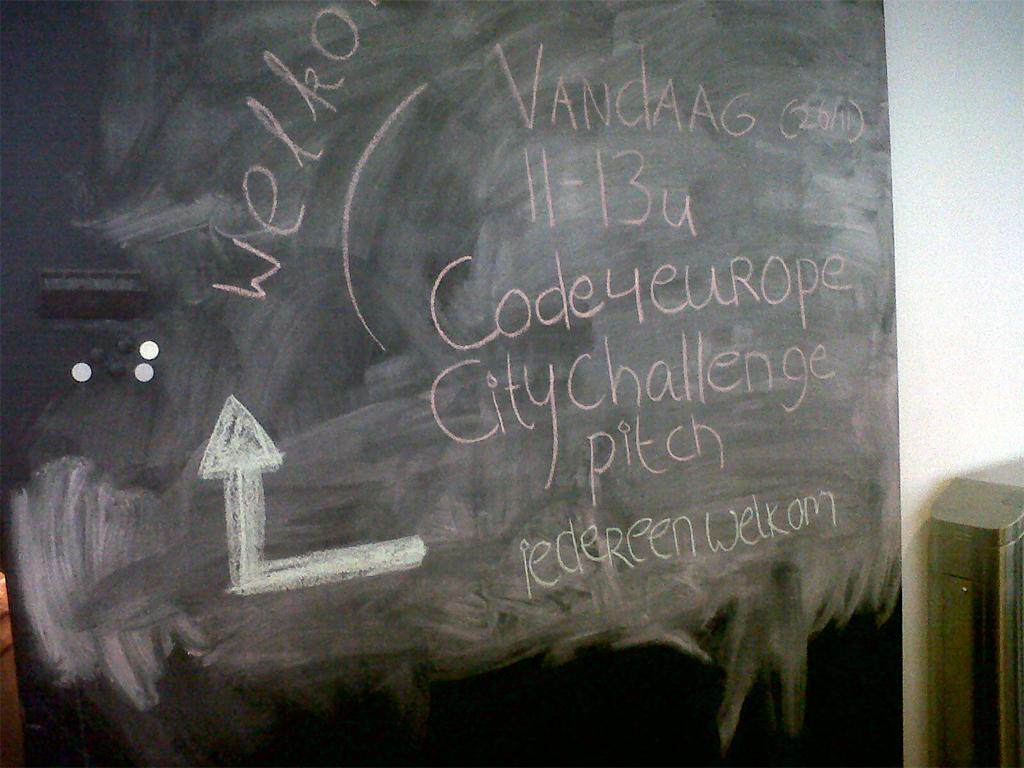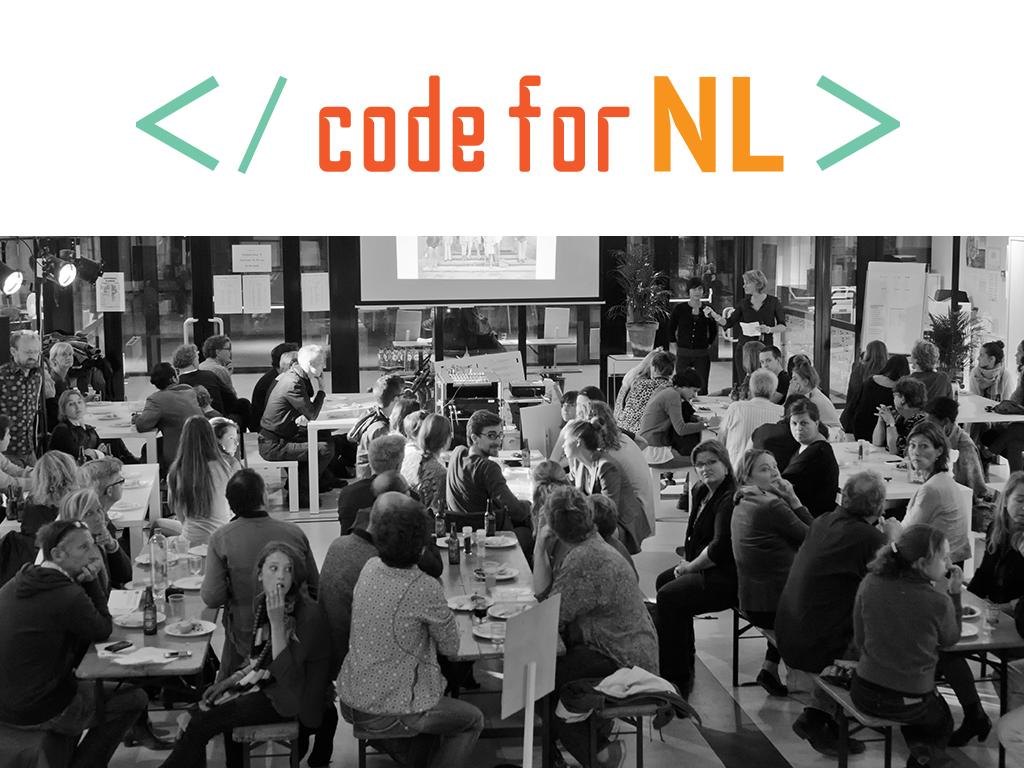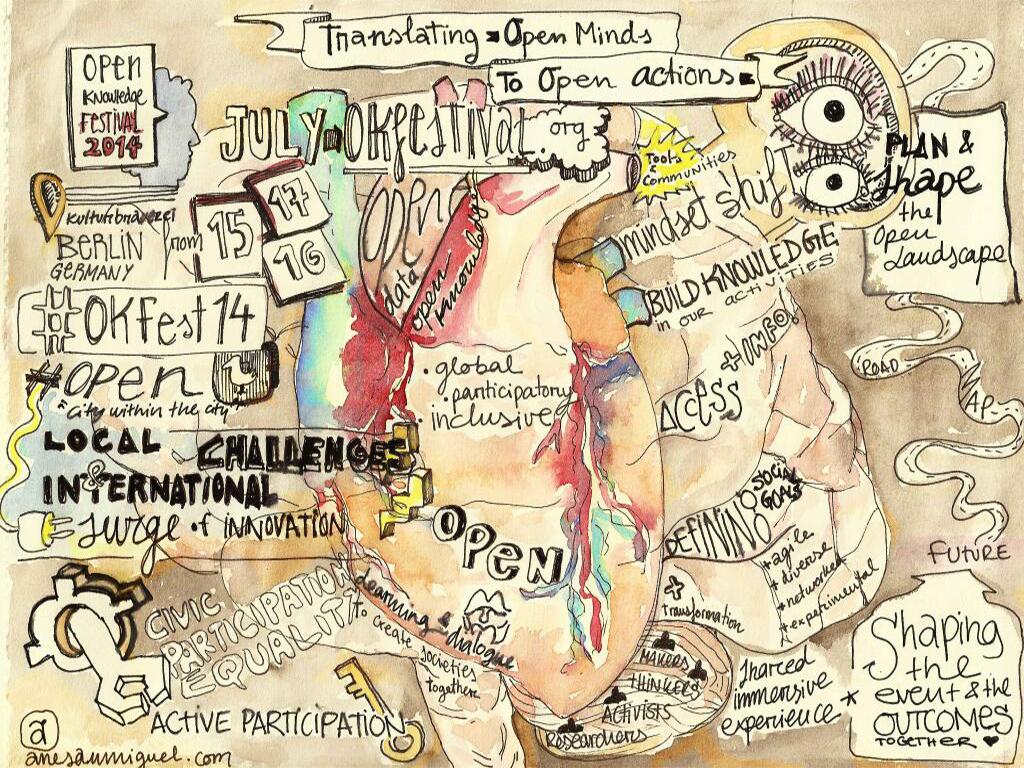The Open Innovation festival in Amsterdam kicked off on 26 November with the soft launch of openinnovationamsterdam.com. This new website informs on the innovation projects of the City of Amsterdam, among which are the so-called City Challenges. These challenges will soon appear on the website, but were presented already today at the C4EU City Challenge Pitch.
Code for Europe has arranged a fellowship for two developers and one business/concept designer to work with the City of Amsterdam. The idea is that they will work on applications that will form a bridge between government and the citizens by using open data.
To decide which challenges will be tackled within the fellowships, 18 local city councils and organisations presented their main issues, allowing for feedback from the audience. It went upbeat with much energy. We speeded through several issues, varying from 'how can potential visitors find what we have to offer?' to 'how to increase user participation within monitoring surveys?'
There was no lack of enthusiasm, but the need is high to share all the available information with citizens more efficiently. The was also room for criticism:
- “Do we really need an app for this? This can be done on a website.”
- “Is this a task for the government? Could a commercial initiative not better solve this?”
Another remark that could be noted quite often: “Maybe you should talk to my colleague two tables further.”
It seems that many issues and initiatives have a lot in common. These could maybe be bundled for a joint challenge. All questions and remarks will be taken in consideration at the selection of the challenges for the fellowships. Also taken into account will be the following three considerations that the audience could judge the challenges upon today:
- Re-usability: can this app also be used in Groningen or Berlin? Can it be rewritten for the use with another data set?
- User participation: to what content does the app uses bi-directional traffic? Can a citizen use it to talk back, give input or even get to work with it? In what way can they work out a solution themselves?
- Use: who are going to use this app and how easily can this target group be reached with it?
All in all, a successfull session to give the challenge 'holders' an opportunity to fine tune their questions ('What do you really want?') But more important even, to forge a coherent vision on the different issues. After all, efficiency is one of the aims of this fellowship. ☺
At the beginning of December, the City Challenge shortlist will be announced.


